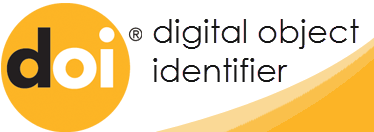THE USE OF AUTHENTIC MATERIALS TO IMPROVE CHILDREN’S LISTENING IN EFL CLASSES
Abstract
. The article discusses about the significance of implementation of authentic materials in order to improve children’s listening comprehension in EFL (English as a foreign language) classes. The author examines diverse uses of authentic materials and provides relevant examples about the benefits of every single type.
References
Asher, J. J. (2000). Learning another language through actions: The complete teacher's guidebook (6th ed.). Los Gatos, CA: Sky Oaks Productions.
Gilmore, A. (2007). Authentic materials and authenticity in foreign language learning. Language Teaching, 40(2), 97-118. https://doi.org/10.1017/S0261444807004144
Levy, M. (2009). Technologies in use for second language learning. The Modern Language Journal, 93, 769-782. https://doi.org/10.1111/j.1540-4781.2009.00972.x
Lee, J. H. (2016). Effects of podcast directions on EFL learners’ listening comprehension and incidental vocabulary acquisition. Computer Assisted Language Learning. 30(2), 165-184. https://doi.org/10.1080/09588221.2016.1211824
Lee, J. H. (2017). The effects of extensive listening using mobile applications on EFL listening proficiency and idiom acquisition. Language Learning & Technology, 21(1), 97–118.
Masuhara, H., Kimura, T., Fukada, A., & Tomita, K. (2016). Materials for developing listening skills. In N. Sonda & A. Krause (Eds.), JALT2015 Conference Proceedings. Tokyo: JALT.
Murphey, T. (1992). The discourse of pop songs. TESOL Quarterly, 26(4), 770-774. https://doi.org/10.2307/35868












